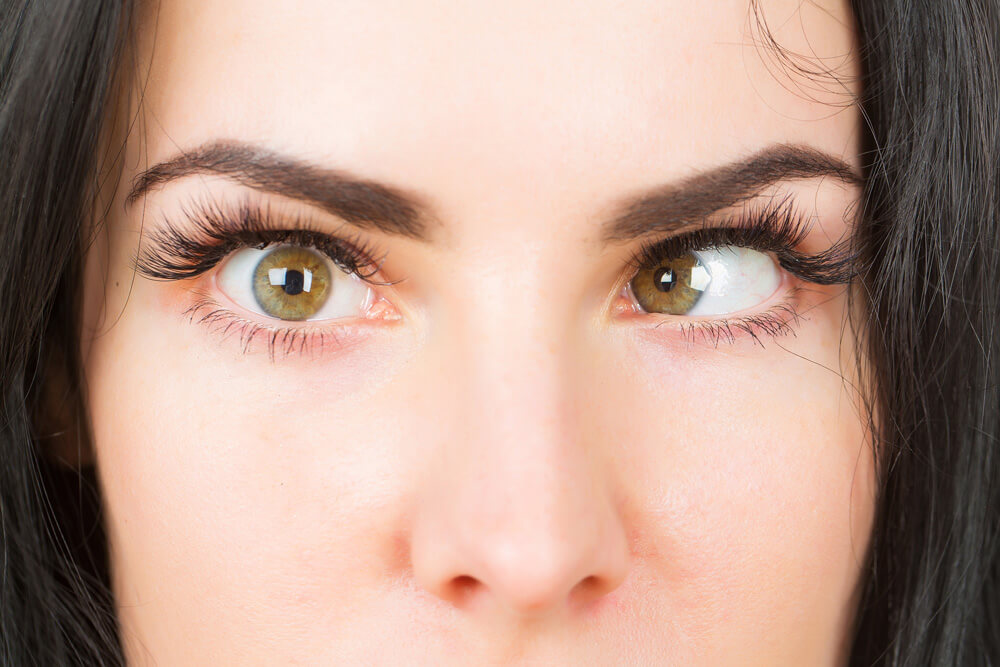What is Strabismus, Misaligned or Crossed Eyes?
Strabismus is an eye condition where the eyes don’t line up with one another, meaning one eye is turned in a direction that is different than the other. There are six muscles that control the eye movement to ensure both work together and point in the same direction, with strabismus, the muscles cannot keep the eye position and have trouble controlling their movement.
There are several types of strabismus that can occur:
- Accommodative esotropia: usually a result of uncorrected farsightedness
- Intermittent exotropia: one eye fixates on a target while the other points outward. Eyes alternating between looking straight and turning outward.
- Infantile esotropia: infants, below 6 months, show a significant inward turning of both eyes.

Symptoms of Strabismus
Symptoms of strabismus include:
- Eye strain
- Difficulty reading
- Double vision
- Closing or covering one eye when looking at something close by
- Tilting or turning your head
headaches - Closing one eye to look at objects far away or when in bright light.
The condition usually appears in young children and infants, often by the time a child is 3 years old. It is normal for a newborn to have misaligned or wandering eyes every so often, but by 3 or 4 months, they should be able to straighten and be well-aligned, with a 6-month-old being able to focus on objects near and far.
Diagnosis
To diagnose strabismus, a complete eye exam is needed with a pediatric ophthalmologist. The exam includes:
- Looking over the child and family’s medical history
- Visual acuity test, or eye chart
- Refraction, checking the eyes with a series of corrective lenses to measure how well they can focus on light
- Alignment tests
- Focus tests
- Exam after dialing pupils to determine the health of internal eye structures.
The doctor may also ask a series of questions to help determine the cause and appropriate treatment, such as:
- Is there a family history of strabismus?
- Are the symptoms steady or do they only occur part of the time?
- Was it present in the first 6 months of life or after?
- Did it occur suddenly or over time?
- Do the symptoms always affect the same eye or switch between them?
Treatment Options
While there is no cure for strabismus, there are several treatment options that can help ease symptoms and better your vision:
- Eyeglasses or contact lenses: usually prescribed for refractive errors
- Prism lenses: special lenses that bend light to relieve double vision symptoms
- Orthoptics: eye exercises
- Medications:: eye drops, ointments, or injections that can weaken an overactive eye muscle
- Patching: to improve the control of eye misalignment and is usually recommended if amblyopia is also diagnosed.
- Eye muscle surgery: a surgical treatment that changes the length or position of eye muscles so they align correctly. It is performed under general anesthesia and uses dissolvable stitches.







